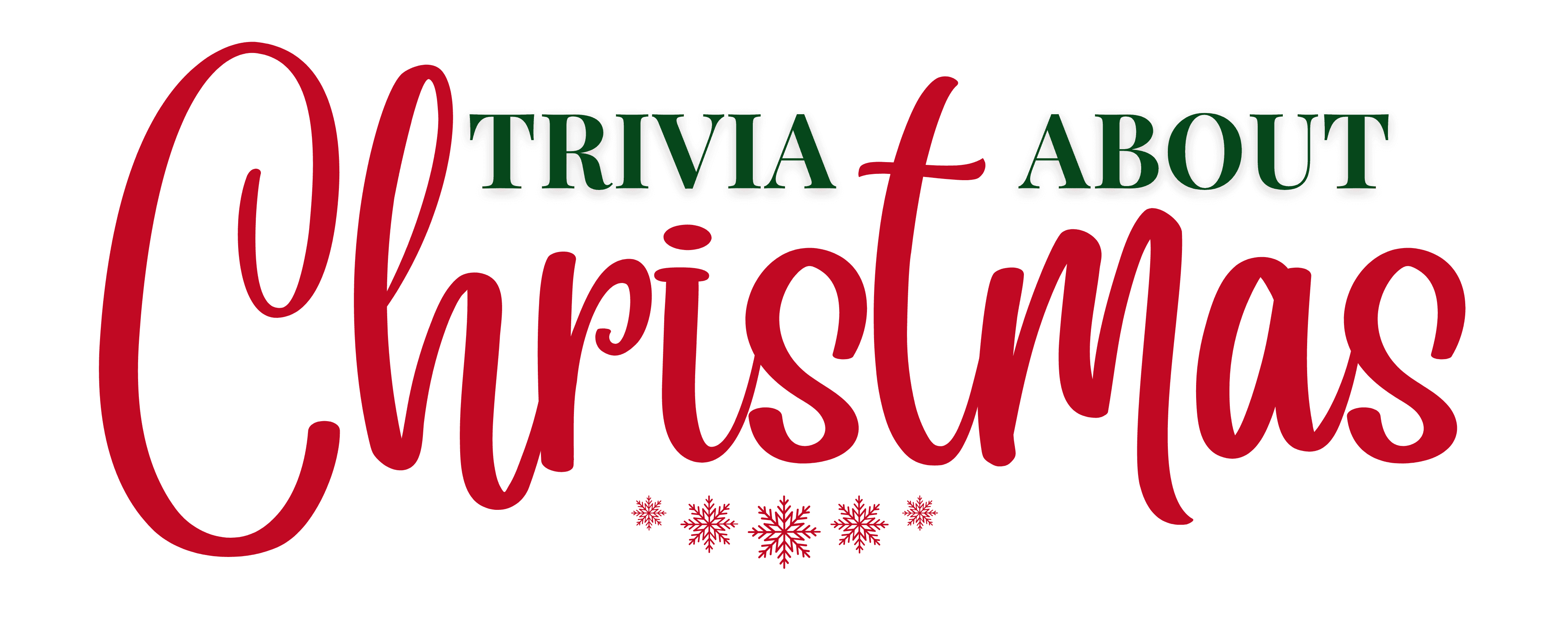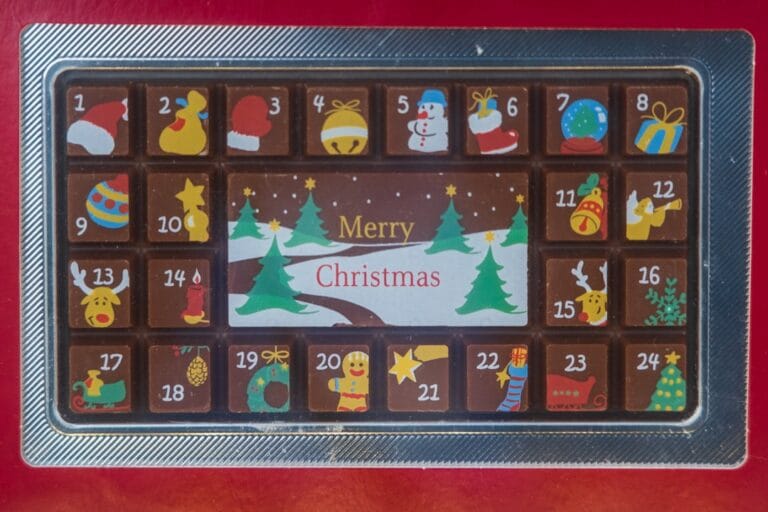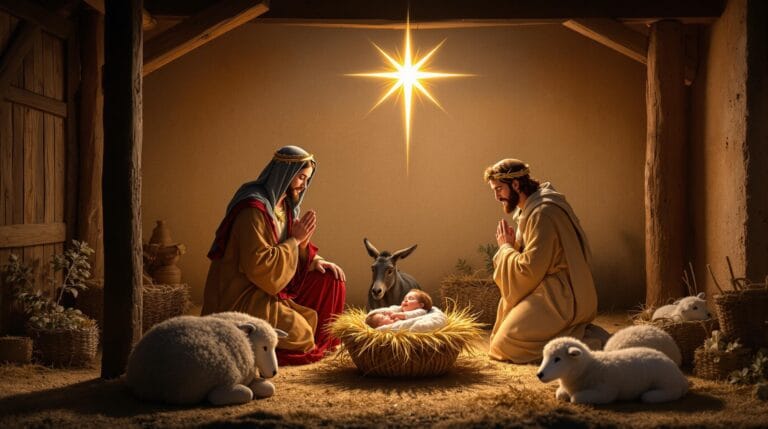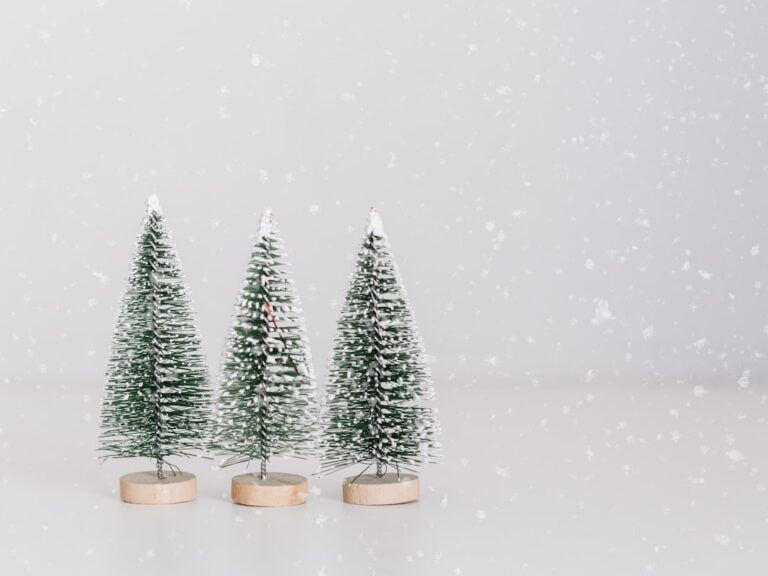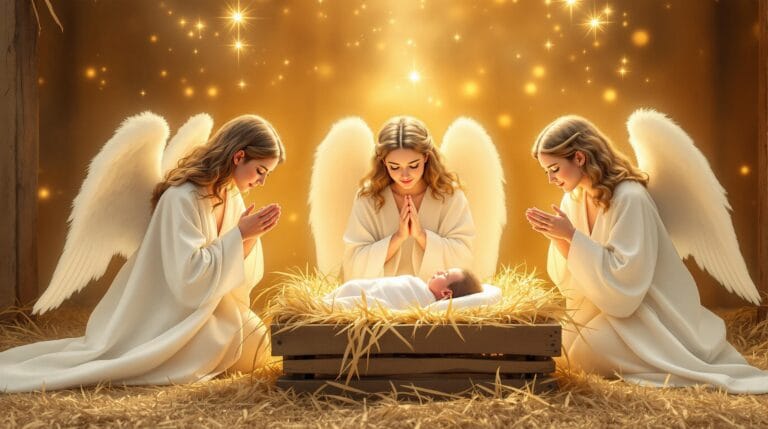Christmas ornaments are more than decorations – they tell stories of faith, hope, and tradition. Here’s a quick guide to eight classic ornaments and their meanings:
- Star Topper: Represents the Star of Bethlehem, symbolizing guidance, hope, and divine light.
- Angels: Signify protection, blessings, and peace, inspired by angels announcing Christ’s birth.
- Candy Canes: Their red and white stripes symbolize Christ’s sacrifice and purity; the shape resembles a shepherd’s staff or “J” for Jesus.
- Wreaths: Made from evergreens, they stand for eternal life and renewal, often adorned with red berries and ribbons.
- Bells: Their joyful sound reflects celebration and marks important occasions.
- Tinsel: Inspired by the Christmas Spider story, it adds sparkle and ties to folklore.
- Poinsettias: Their star-shaped leaves and red color symbolize the Star of Bethlehem and Christ’s sacrifice.
- Christmas Pickle: A playful ornament hidden on the tree, offering extra luck or a gift to the finder.
These ornaments connect us to long-standing traditions while adding joy and meaning to holiday celebrations.
The special meaning behind Christmas ornaments
1. The Star Topper
The star topper sits proudly atop Christmas trees, symbolizing the Star of Bethlehem that led the Wise Men. It represents guidance, hope, and light during the holiday season.
The design of star toppers has changed over time. In late-1800s Germany, artisans in Lauscha crafted intricate versions using glass, metal, or crystal, often decorated with silver or gold leaf.
In Christian tradition, the star holds deep meaning:
- Hope: A symbol of salvation and direction
- Faith: A reminder of God’s presence
- Light: Representing divine brilliance amidst darkness
Today, star toppers come in a variety of styles, from simple designs to LED-lit creations that bring a warm, nostalgic glow to your tree. When choosing one, make sure it fits the size of your tree and stays securely in place.
2. Angels on the Tree
Angel ornaments have been a cherished part of holiday traditions since the Victorian era. German artisans in the 1800s began crafting glass angel decorations, inspired by the angels who announced Christ’s birth to the shepherds. These ornaments have come to symbolize divine protection and guidance, carrying a rich historical and spiritual meaning.
Traditional angel ornaments often include:
- Wings: Typically white or gold, representing their celestial nature
- Robes: Flowing designs in colors like white, gold, or silver
- Instruments: Commonly trumpets or harps, reflecting their heavenly roles
- Materials: Made from a variety of materials, including glass, ceramics, and metals
In 1872, Dresden Paper Works began mass-producing "Dresden ornaments", including angel designs, which influenced many of the styles we see today.
Angel ornaments are often placed in the upper part of the tree, symbolically "watching over" the other decorations. They represent protection, blessings, peace, and remembrance. Many families have a tradition of adding a new angel ornament to their collection each year.
Contemporary designs, like those from Christopher Radko‘s hand-blown glass collection, combine classic elements with modern craftsmanship, offering a unique blend of tradition and artistry.
3. Candy Canes: Shape and Symbolism
Candy canes are more than just a festive treat – they carry deep meaning tied to faith and tradition. With their red and white stripes and distinctive curved shape, these sweets are instantly recognizable as a hallmark of the holiday season.
According to popular legends, the candy cane’s design holds symbolic significance. The white represents purity, while the red stripes are said to symbolize Christ’s sacrifice. The curve is often interpreted as either a shepherd’s staff or the letter "J" for Jesus, connecting the candy to religious traditions.
In the United States, candy canes have become a beloved part of Christmas décor. Whether hung on trees or used in holiday displays, they continue to bring both spiritual meaning and festive joy to the season.
4. Christmas Wreaths
A Christmas wreath is a classic decoration symbolizing eternal life and renewal. Traditionally made from evergreens like pine and fir, these plants were chosen for their ability to stay strong and vibrant even during the harsh winter months.
The tradition of crafting wreaths dates back to 16th-century Germany. Over time, additional elements were added to enhance their meaning. Red berries often represent Christ’s blood, pine cones symbolize new life, and holly leaves are a reminder of the crown of thorns. Festive ribbons are also included, symbolizing unity and the bond of family.
A special variation, the Advent wreath, holds a unique place in Christian traditions. It typically features four candles – three purple and one pink – arranged to mark the four Sundays leading up to Christmas. Each candle carries a theme: hope, peace, joy, and love.
Today, wreaths are more than just a religious symbol. They are a warm and welcoming decoration, commonly displayed on front doors, above fireplaces, or even used as table centerpieces. Across the U.S., they remain a cherished part of holiday celebrations, blending tradition with festive cheer.
sbb-itb-df5c804
5. Christmas Bells
Bells have always been a key part of Christmas traditions, bringing both faith and festivity to the season. For centuries, they’ve been used to mark important community events, which is why they’ve become such an iconic symbol of holiday celebrations. Their bright, joyful sound captures the spirit of Christmas, making them a timeless addition to holiday decorations.
6. Tinsel and Light
Tinsel, the shimmering decoration often seen on Christmas trees, has its roots in Eastern European folklore, specifically the story of the Christmas Spider. Over the years, it has turned simple evergreens into dazzling holiday centerpieces.
In German and Ukrainian traditions, the tale goes that a spider spun a web on a family’s undecorated Christmas tree. When the sun rose, the web glistened like silver and gold, inspiring the creation of tinsel. While today’s tinsel is made from modern materials, it still carries the charm of that story.
Whether draped in loose swags or placed strand by strand, tinsel reflects light beautifully, adding a magical sparkle to holiday décor. Its glittering effect serves as a link between contemporary celebrations and the folklore that inspired this beloved tradition.
7. Poinsettia Decorations
The poinsettia, with its star-shaped leaves and vibrant red bracts, holds a special place in Christmas traditions. Introduced to the United States in 1828 by Joel Roberts Poinsett, the first U.S. Minister to Mexico, this plant has become a holiday favorite. Its name comes from its origins in Mexico.
The poinsettia’s shape is often linked to the Star of Bethlehem, its red color symbolizes Christ’s sacrifice, and white varieties are associated with purity.
Poinsettias are now a staple in holiday decor, appearing in many forms:
- Artificial arrangements: Silk poinsettias in wreaths and garlands
- Tree ornaments: Glass or ceramic decorations shaped like poinsettias
- Table decor: Poinsettia-themed runners, napkins, and centerpieces
Modern varieties also come in pink and white, offering even more ways to incorporate this festive plant into your holiday decorations.
8. The Christmas Pickle
The Christmas pickle tradition involves hiding a small pickle-shaped ornament in the Christmas tree and challenging family members to find it on Christmas morning. According to legend, the first person to spot the pickle gets an extra gift or a bit of extra luck, adding a fun and playful element to the holiday festivities. While often associated with German folklore, this quirky custom has become a cherished part of many families’ celebrations.
Amid the mix of solemn and playful holiday decorations, the Christmas pickle adds an unexpected touch of fun. The ornament, typically made of green glass to blend seamlessly with the tree’s branches, creates a lighthearted activity that brings families together. Every ornament, even one as unusual as a pickle, adds its own special story to the season and makes the holiday celebration even more memorable.
Conclusion
Christmas ornaments connect us to long-standing traditions, each one telling its own story. From the shining star at the top of the tree to the quirky pickle tucked among the branches, these decorations add depth and meaning to holiday celebrations.
By learning about these ornaments, we keep traditions alive while celebrating themes like hope, faith, and the joy of being together. Their stories provide a wonderful way for families to bond and share important values.
If you’re curious to dive deeper into holiday traditions, check out Trivia About Christmas (https://triviaaboutchristmas.com). Their themed trivia packs can spark great conversations at your next holiday gathering.
In celebrating these ornaments, we honor the past while creating new, treasured memories.
